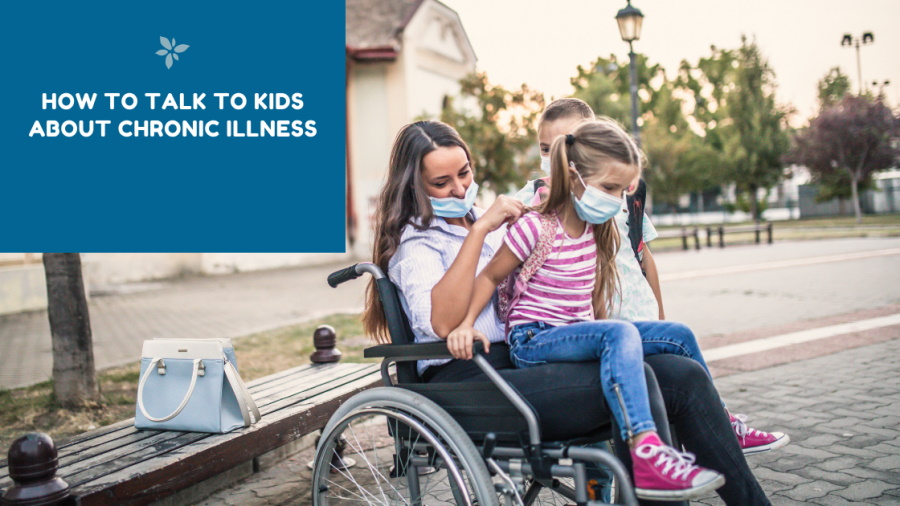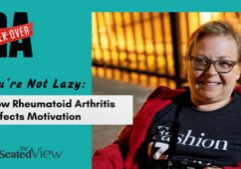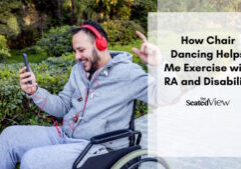How to Talk to Kids About Chronic Illness

Most of us were taught to be awkward and avoid talking about chronic illness and disability. In my new columm for HealthCentral, I share tips on how to teach your children to be inclusive and comfortable with rheumatoid arthritis and disability, including a list of books for different ages to help you get the conversation started:
“LITTLE ONES HAVE questions. Anyone who’s ever been around a three-year-old for an extended time still gets that twitch around the eyes at the sound of the word why? having heard that word approximately a million times a day. Kids spend so much time learning about the world and how it works and the only way to do that is by asking questions. But when it comes to chronic illness and disability, we don’t always know what to say. Insecurity leads to avoidance and sends the message to kids that we discourage such questions, when really, it’s a reflection of what we’ve learned ourselves: that maybe such topics are rude or too big and serious for a child to understand.
Unfortunately, this avoidance leads to perpetuating the stigma and stereotypes that make it so hard to actually live with these conditions. It’s time to break the cycle and help children understand that illness and disability are normal parts of the human experience. Let’s take a look at how to have these conversations so the next generation grows up to create a more inclusive world.
I have used a wheelchair since I was 16 years old, which means I’ve have a lot of encounters with curious strangers. One of the most difficult moments is when a child wants to say hello or asks: “Why is that lady not walking?” then watching a parent hush the child and pull them away. My mind knows this moment is the start of building a fear of people who look different, but my heart reacts to being the target of that. It’s not easy being a freak and a monster.”
Read my column on how to teach kids to be inclusive on HealthCentral.
1 Comment
Read More
Discover what else I've been writing about...
















I think that it is a self-fulfilling outcome. People who use assistive devices are not normalized, and since they are not normalized, they are a curiosity. But since they are not normalized few people know how to approach them. I use walking poles, and a person my age asked about disability, and I said, well, these poles help me keep my balance mainly because of neuropathy. Then she said, oh, that is not a bad thing, let’s face it, you never hurt your feet.
Well, I do hurt my feet; they just do not hurt when I hurt them. Oh, that is not so bad, she said. So yeah, it is not so bad sometimes.
I wondered, what would have happened, if instead of me needing assistive devices, I was just walking? Perhaps we could have discussed the weather? But we shall never know for sure.
rick